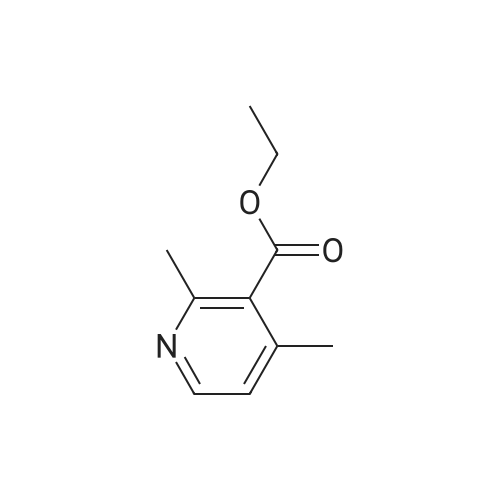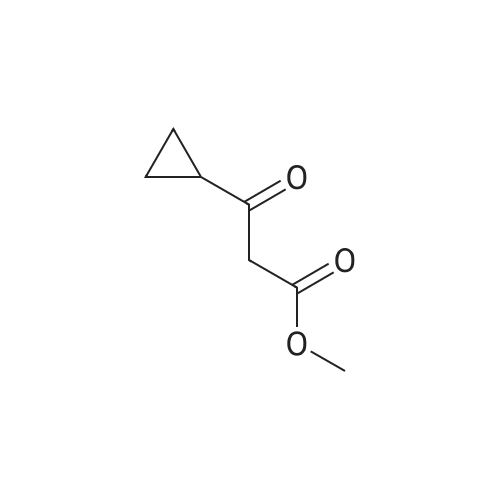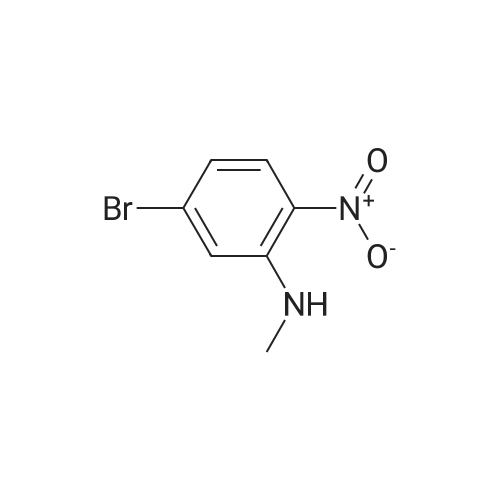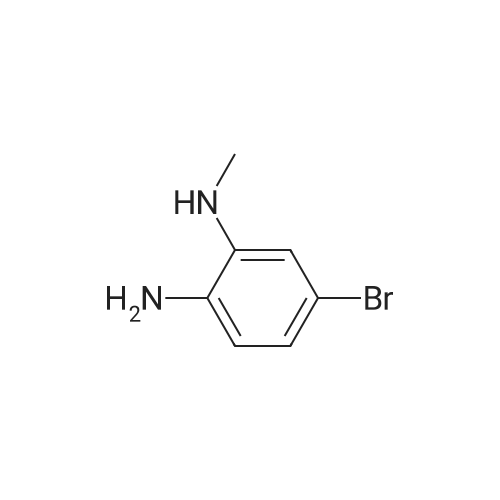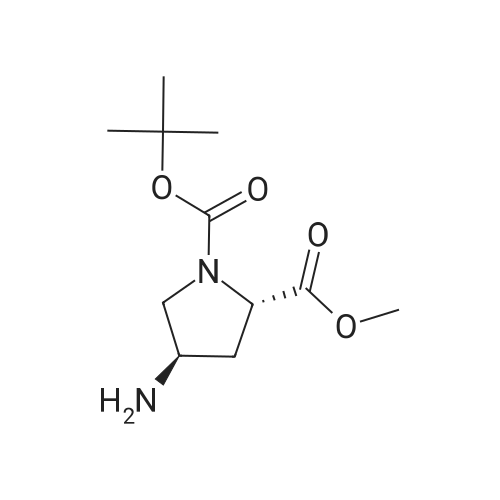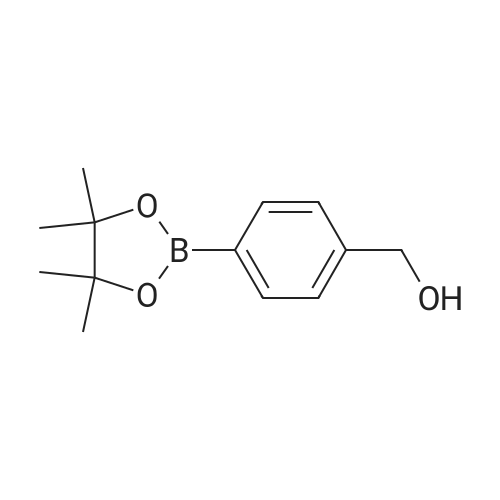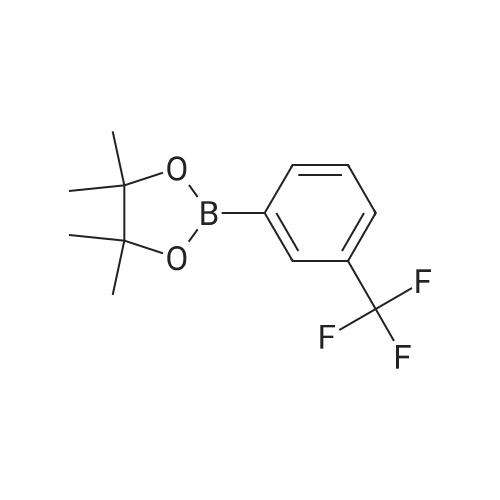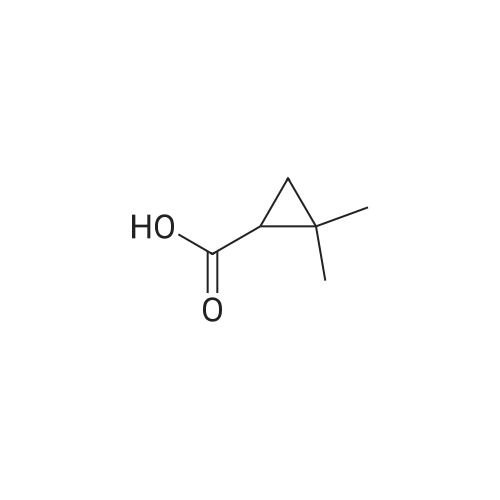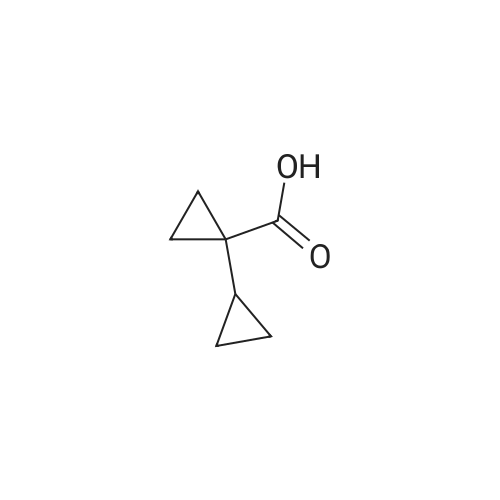| 52% |
With dmap; N-ethyl-N,N-diisopropylamine; diisopropyl-carbodiimide; In dichloromethane; at 40℃; for 2h; |
To dichloromethane (2 mL) were added fangehinoline (80 mg, 0.13 mmol) and eyelopropaneearboxylie acid (17 mg, 0.2 mmol), followed by N,N?-diisopropylearbodiimide (34 mg, 0.26 mmol), 4-dimethylaminopyridine (16 mg, 0.26 mmol) and N,N-diisopropylethylamine (34 mg, 0.26 mmol). The reaction solution was heated up to 40 C. and stirred for 2 hours. After the reaction was completed, dichloromethane (20 mL) was added to the reaction solution, whieh was then washed with saturated salt solution. The separated organie phase was dried with anhydrous sodium sulfate and rotayapped. The resulted erude produet was separated and purifed tbrough preparatiye thin layer ebromatography to giye an off-white powdery eompound BS-EC-304 (54.7 mg, yield 52%). LC-MS: retentiontime: 0.80 min (100.0%); mlz 677 [M÷H], 338 [?2M+H]+. 1?H NMR (301 MHz, partial assignment of signals in CDC13) 6 2.52 (s, 3H, N-CH3), 2.77 (s, 3H, N-CH3), 3.45 (s, 3H, 6?-OCH3), 3.85 (s, 3H, 6-OCH3), 3.93 (s, 3H, 12-OCH3), 5.99 (s, 1H, 8?-H), 6.29 (m, 1H, 11?-H), 6.40 (s, 1H, H-benzene ring), 6.48 (s, 1H, H-benzene ring), 6.56 (s, 1H, H-benzene ring), 6.87 (m, 1H, H-benzene ring), 6.90 (d, 1H, J 8.1 Hz, H-benzene ring), 6.95-7.13 (m, 4H, H-benzene ring), 7.13 (d, 1H, J 8.7 Hz, 13?-H), 7.36 (d, 1H, J 8.7 Hz, 14?-H). |
| 52% |
With dmap; N-ethyl-N,N-diisopropylamine; diisopropyl-carbodiimide; In dichloromethane; at 40℃; for 2h; |
Example 3: The synthesis of compound BS-FC-304[0114] To dichloromethane (2 mL) were added <strong>[436-77-1]fangchinoline</strong> (80 mg , 0.13 mmol) and cyclopropanecarboxylic acid (17 mg, 0.2 mmol), followed by N,N'-diisopropylcarbodiimide (34 mg, 0.26 mmol), 4-dimethylaminopyridine (16 mg, 0.26 mmol) and N,N-diisopropylethylamine (34 mg, 0.26 mmol). The reaction solution was heated up to 40C and stirred for 2 hours. After the reaction was completed, dichloromethane (20mL) was added to the reaction solution, which was then washed with saturated salt solution. The separated organic phase was dried with anhydrous sodium sulfate and rotavapped. The resulted crude product was separated and purifed through preparative thin layer chromatography to give an off-white powdery compound BS-FC-304 (54.7mg, yield 52%). LC-MS: retention time: 0.80 min (100.0%); m/z 677 [M+H]+, 338 [1/2M+H]+. 1H NMR (301 MHz, partial assignment of signals in CDCl3) delta 2.52(s, 3H, N-CH3), 2.77(s, 3H, N-CH3), 3.45(s, 3H, 6'-OCH3), 3.85(s, 3H, 6-OCH3), 3.93(s, 3H, 12-OCH3), 5.99(s, 1H, 8'-H), 6.29(m, 1H, 11'-H), 6.40(s, 1H, H-benzene ring), 6.48(s, 1H, H-benzene ring), 6.56(s, 1H, H-benzene ring), 6.87(m, 1H, H-benzene ring), 6.90(d, 1H, J=8.1Hz, H-benzene ring), 6.95-7.13(m, 4H, H-benzene ring), 7.13(d, 1H, J=8.7 Hz, 13'-H), 7.36(d, 1H, J=8.7 Hz, 14'-H). |

 Chemistry
Chemistry
 Pharmaceutical Intermediates
Pharmaceutical Intermediates
 Inhibitors/Agonists
Inhibitors/Agonists
 Material Science
Material Science













 HazMat Fee +
HazMat Fee +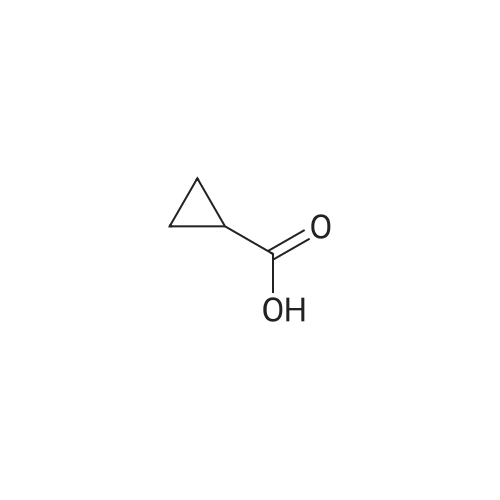

 For Research Only
For Research Only
 120K+ Compounds
120K+ Compounds
 Competitive Price
Competitive Price
 1-2 Day Shipping
1-2 Day Shipping







